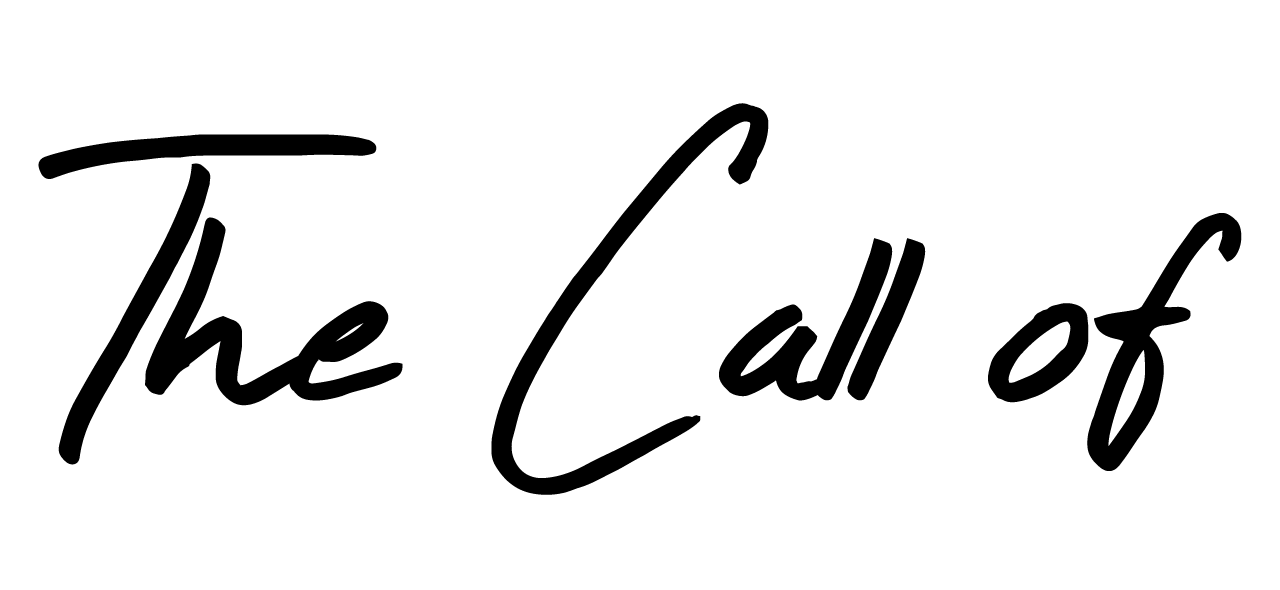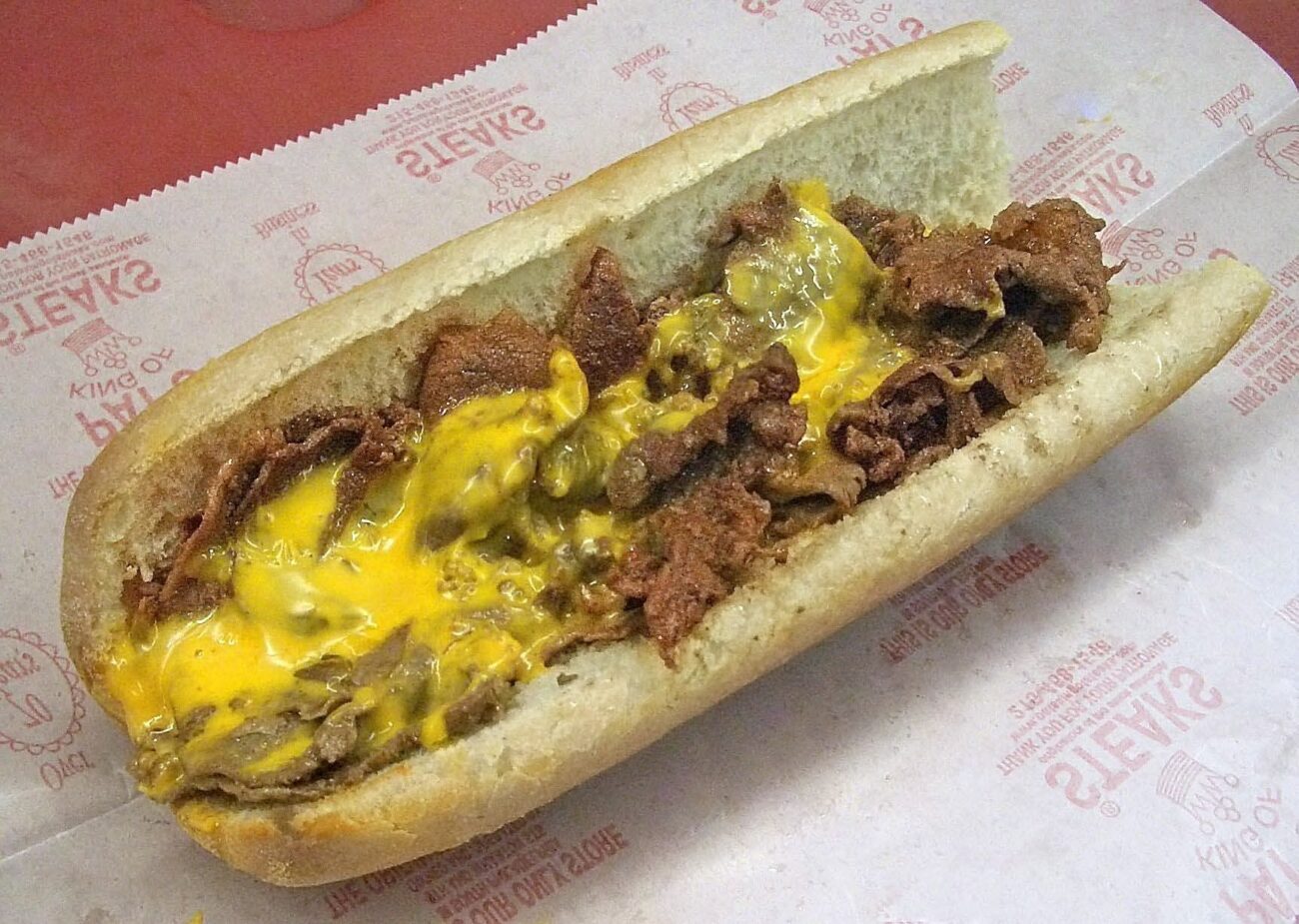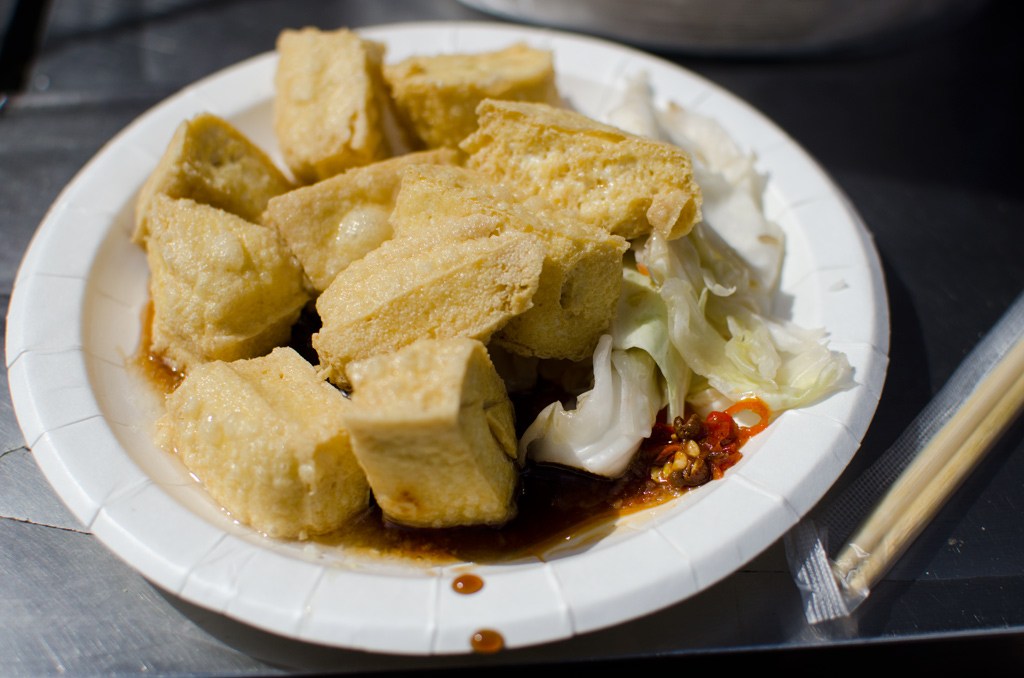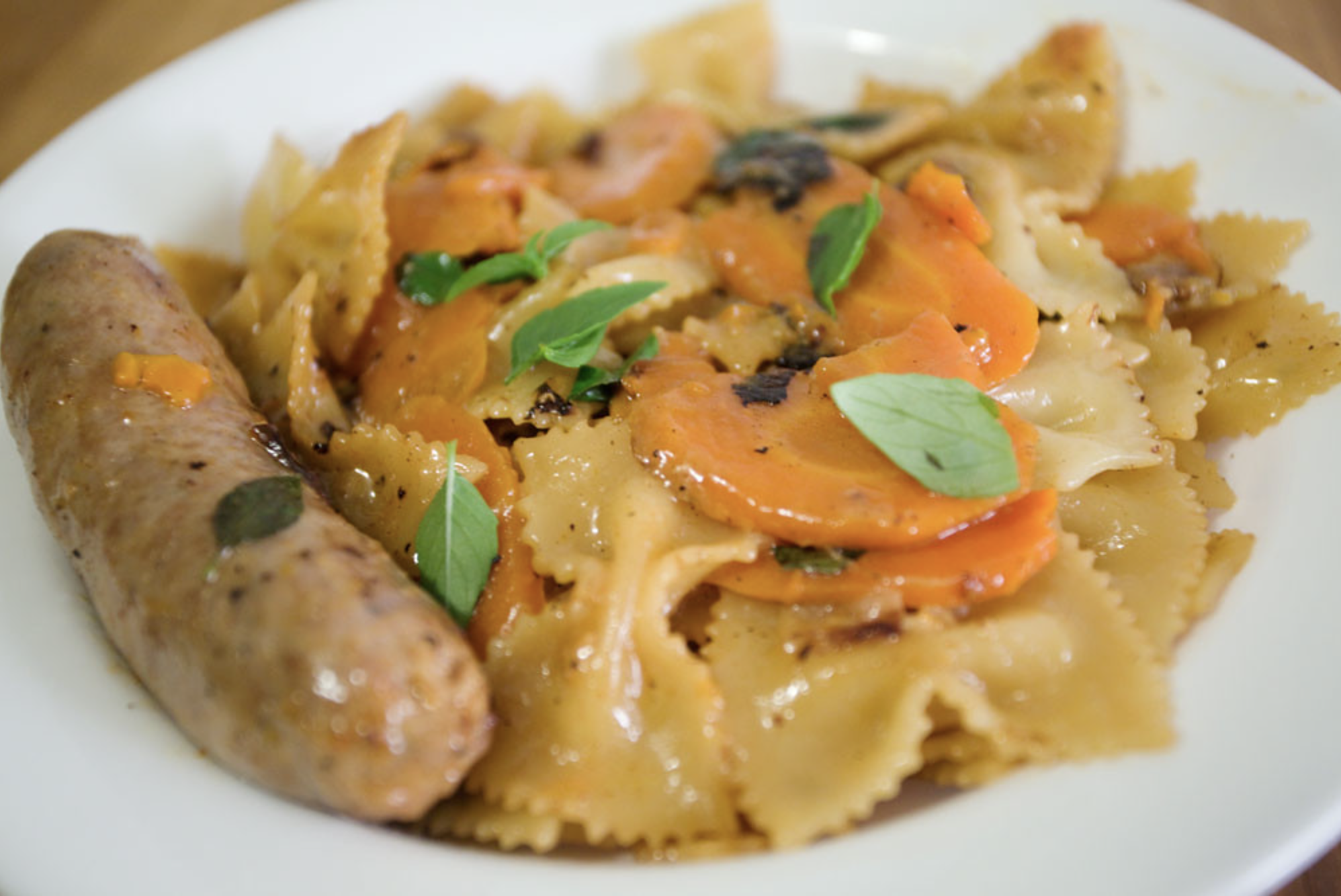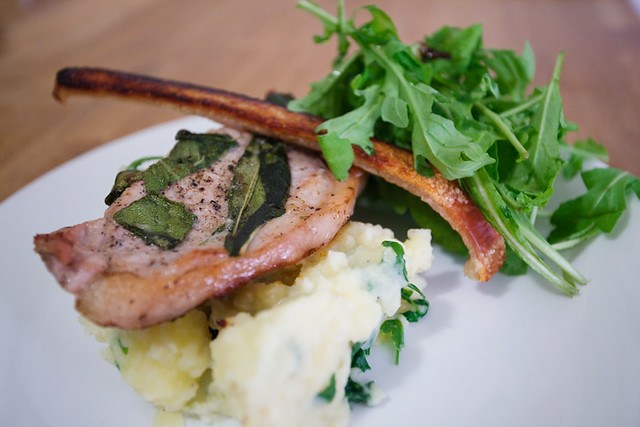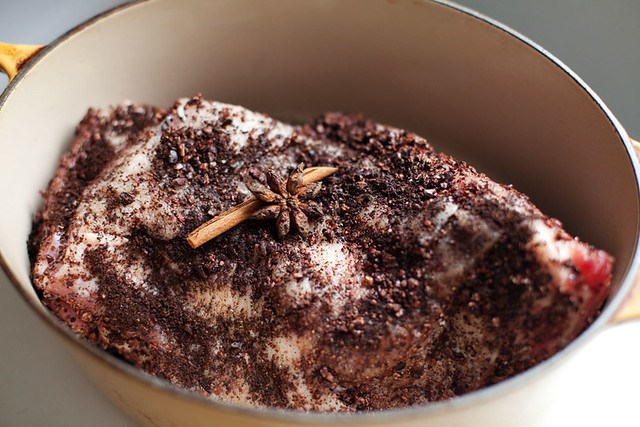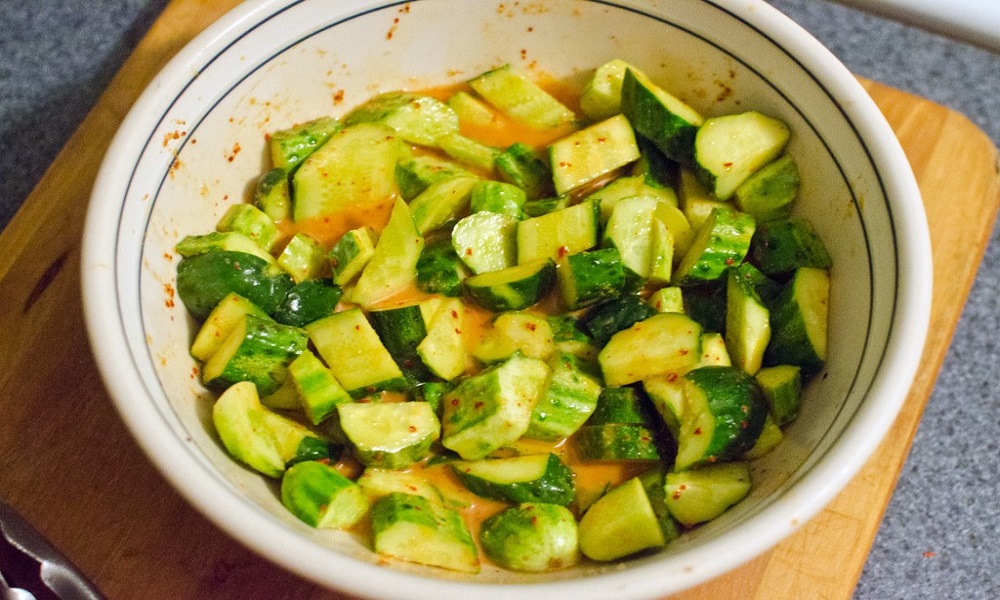The average American consumer spent about $150 last year on “unnecessary” tips—gratuities they felt weren’t customary or deserved based on the service received, according to Popmenu’s 2025 annual tipping survey. This figure captures the growing backlash against what researchers now call “tip fatigue,” a phenomenon driven largely by digital payment screens that pressure customers into tipping at venues where gratuities weren’t traditionally expected.
Those ubiquitous tablet screens at checkout counters have become guilt-trip machines. Sixty-six percent of consumers report feeling compelled to tip when suggested gratuity options appear on digital displays, especially with employees watching. The psychological pressure works: Nearly half of Americans now tip at coffee shops, while a third tip at food trucks and over a quarter leave gratuities at fast-food restaurants.
Digital Guilt Trips Drive Spending
Payment screens turn routine purchases into moral dilemmas, forcing consumers to navigate tip requests ten times monthly.
The numbers reveal a culture of reluctant generosity. Forty-four percent of people admit tipping in situations where it isn’t customary, while sixty-four percent have tipped after receiving poor service. The motivations aren’t altruistic—fifty-two percent tip out of sympathy for workers, and forty-five percent do it simply to avoid “looking cheap.”
This guilt-driven spending adds up quickly. Consumers report being asked to tip for different services about ten times monthly, and they’ve succumbed to unwarranted tip requests up to forty times in the past year alone.
Restaurant Tips Survive the Backlash
Traditional dining gratuities actually increased while consumers revolt against expanded tipping culture.
Despite widespread frustration, restaurant tipping is rebounding. Forty-five percent of diners now tip servers at least twenty percent, up from thirty-eight percent last year. However, delivery driver tips tell a different story—only twenty-three percent tip drivers twenty percent or more, a figure that remains flat or declining.
The contradiction makes sense. Consumers understand restaurant servers depend on tips for survival, but they’re questioning whether businesses are using gratuities to subsidize wages elsewhere. Nearly three in five Americans believe companies exploit tipping to avoid paying fair wages directly.
The rebellion is real: Ninety percent say tipping culture has spiraled “out of control,” and sixty-two percent would prefer higher menu prices in exchange for eliminating tips entirely. With forty-three percent cutting back on gratuities due to economic pressures, the industry faces a reckoning between tradition and consumer tolerance.

